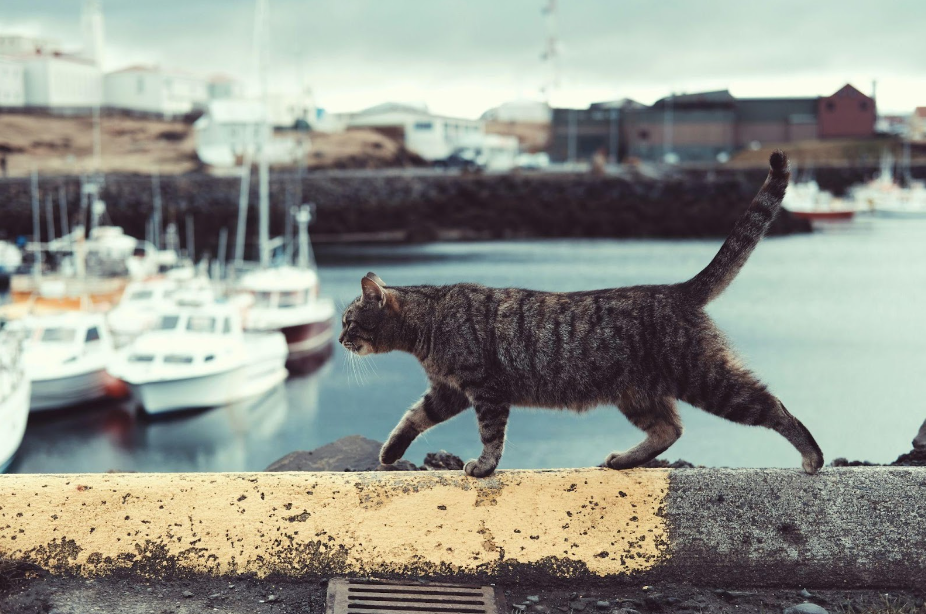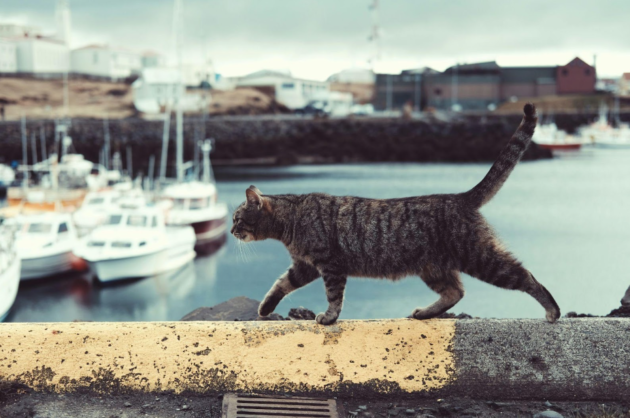
No pets should be left alone whether it’s a simple trip on a boat or a cruise. Cats are a bit peculiar in these situations. They’re the type of pet that can be quite independent, but they also rely on us to be fed and cared for.
So, if you’re going to take your cat on a boat trip because you don’t want to leave it alone at home, or you want to share an adventure with your cat, you need to know a few things. We’ll discuss cat breeds that fear water and what you can do to improve their experience.
Table of Contents
Water-Fearing Cats
It’s a common misconception that all cats fear water. We’ve learned that from the cartoons we used to watch as kids. But, to be better prepared, we have a list of specific breeds that fear water more than others:
- Persian: Because of the type of dense fur they have, it’s not good for them to get wet, and it’s uncomfortable. They don’t like taking baths because of that.
- Ragdoll: This breed is usually easy-going, but the fact is they’re really afraid of water, and they can easily get stressed when you try to bathe them.
- Exotic Shorthair: They look like a plushie, and their hair is quite similar to the one of Persian cats, so they don’t like water either.
- British Shorthair: Similar to the Ragdoll, the British Shorthair is also easygoing, but they prefer to stay dry.
- Himalayan: They’ve got a thick coat of fur, and when you get it wet, it’s like you’re carrying a sponge.
- Maine Coon: This breed is prone to explore and have little adventures, they love playing, but they tend to avoid water as much as possible.
- Scottish Fold: They have folded ears, and this makes them sensitive to water because it might go into the ear canal. Nobody likes that, not even cats.
Introduce the Cat to the Environment
It’s best to show the boat to the cat for a while before you take it on the boat. Let the cat feel the environment and get acquainted with the new setting. Sure, it’s probably not going to like that you’re bringing it so close to the water, but it should know what’s happening.
Take it around the boat, just hang out there for a while before you go out on the water. But don’t forget to take some safety precautions as well. As you’re probably going to wear a life jacket, so should your cat wear one.
You can always keep the cat below deck if you’re taking a larger boat, but this is not going to be fun for you, because you’ll also have to spend a bit of time there. One thing you can do is use a carrier if it’s a short trip.
Feeling Like at Home
Apart from the enhanced supervision, you should also make the cat feel at home. This means that you need to bring all the necessary things that you usually have in their environment at home.
These include their toys, the food, and the litter box. These are the essentials, but there are also other things you should do. You can offer them treats to calm them down if they seem stressed to you, and you can also provide breaks.
When the cat is always in the carrier, it will get even more nervous than it gets just by getting close to the water. So, breaks are good, and petting them is even better, be gentle and patient with your cat.
Finally, as at home, it’s important to have an emergency plan for the boat as well. Think about things you would need at home, and think about any fast routes to nearby clinics or animal hospitals that you might need in case of an emergency.
Conclusion
There you have it. Be mindful of the breed of cat you’re taking out on water, and try to make it feel at home as much as possible. Research routes to veterinary clinics and/or animal hospitals, and make sure you’re bringing enough treats on the boat with you. Be patient and gentle with your cat.
